The Rise of Smart Packaging: Why QR Codes Matter?
In today’s digital-first world, packaging is no longer just a protective shell—it’s a powerful communication tool. Among the most impactful innovations in recent years is smart packaging, and at the heart of this transformation lies one small but mighty element: the QR code. Whether it’s a smartphone scan for product info or a digital coupon, the QR code on packaging has redefined how brands connect with customers.
Let’s explore why QR code packaging is on the rise and how it’s revolutionizing industries like food, cosmetics, and retail.
What is Smart Packaging?
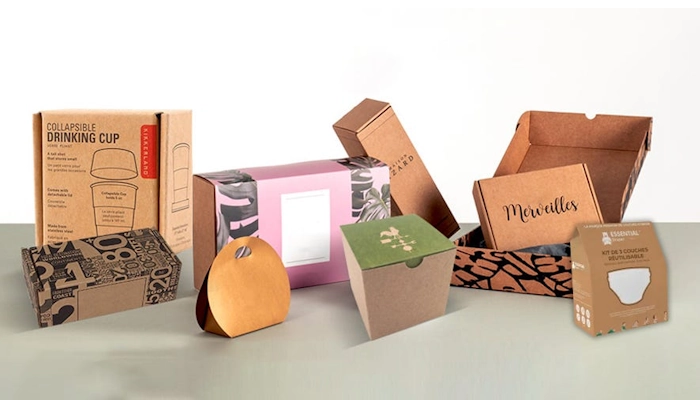
Smart packaging refers to packaging systems that go beyond traditional functions like containment and protection. It uses technology—such as sensors, NFC, RFID, and QR codes—to interact with users or environments. The goal is to enhance the user experience, deliver data, and create brand loyalty.
Among all smart technologies, QR codes are the most accessible and affordable for businesses of all sizes.
Why QR Codes Matter in Packaging
The qr code on product packaging is more than a digital trend—it’s a strategic tool for:
1. Instant Consumer Engagement
A quick scan can lead to a world of information: usage tips, promotional videos, social media pages, or exclusive offers. It turns ordinary packaging into an interactive experience.
2. Transparency and Trust
Consumers today want to know what they’re buying. A qr code on food packaging, for example, can provide nutritional info, sourcing details, and allergen alerts—building trust and loyalty.
3. Sustainability and Paperless Convenience
Instead of stuffing boxes with paper manuals or printed guides, a packaging with QR code can redirect users to digital versions—saving resources and reducing waste.
4. Trackability and Product Authentication
QR codes can be uniquely generated to verify authenticity or trace product journeys from production to shelf. This is especially useful in high-value industries like electronics and luxury goods.
How Different Industries Use QR Code Packaging
Food Industry
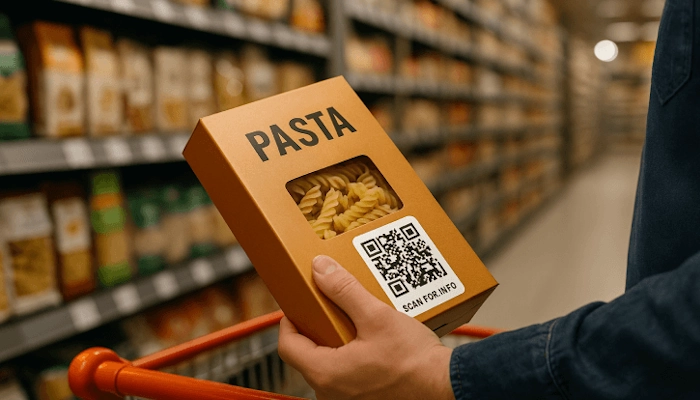
The use of qr code on food packaging is especially widespread. Brands can share expiration dates, farm-to-table data, recipes, and even allergy warnings. In the age of health-conscious consumers, this kind of transparency adds huge value.
Beauty and Personal Care
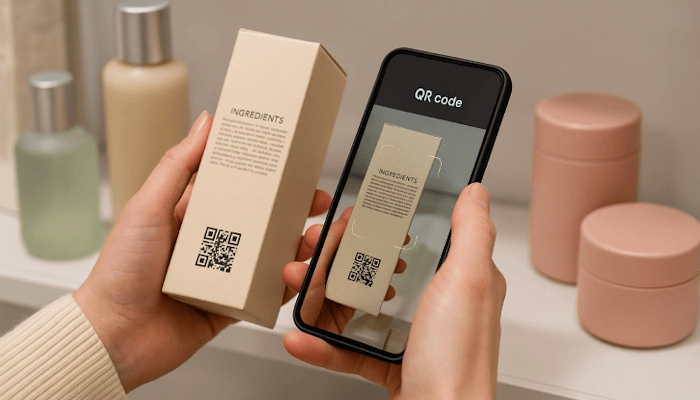
From how-to tutorials to ingredient breakdowns, a qr code on packaging lets brands educate and upsell at the same time. Some even link to AR try-on tools or product reviews.
Retail and E-commerce
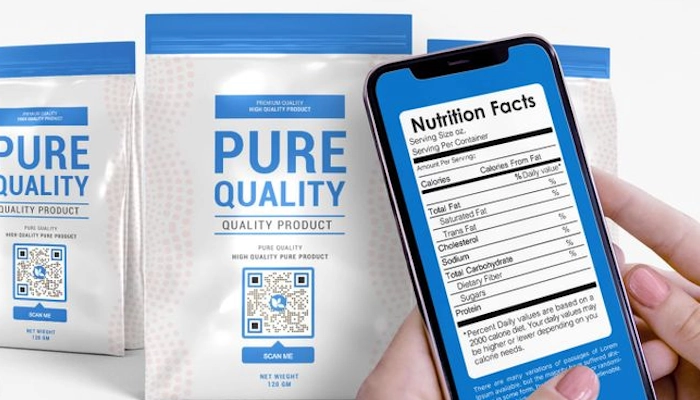
Retailers are using qr code packaging for loyalty programs, discount codes, reordering systems, and returns. It streamlines the buyer journey from physical to digital.
How to Implement QR Codes on Product Packaging
- Define the Purpose: Will your code link to a video, landing page, product info, or something else? Always have a goal in mind.
- Keep the Landing Page Mobile-Friendly: Most users will scan using their phones, so optimize accordingly.
- Use Dynamic QR Codes: These allow you to update the destination URL without reprinting packaging—great for promotions or seasonal changes.
- Test Before Printing: Always scan and test the QR code to make sure it works smoothly.
- Make It Visible: Don’t hide it on the bottom flap. Highlight it with a CTA like “Scan for a surprise” or “Get 10% off.”
The Future of Packaging with QR Code
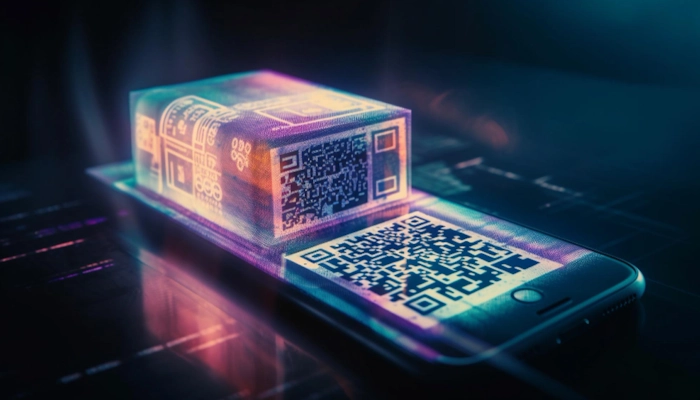
As AI, blockchain, and IoT continue to evolve, so will smart packaging. But packaging with QR code will remain the most accessible gateway for brands to offer an immersive, data-driven, and eco-conscious experience. Whether you’re a startup or a global brand, integrating QR codes into your packaging is no longer optional—it’s essential.
Final Thoughts
The rise of QR code packaging represents a shift toward smarter, more connected, and more transparent customer experiences. As consumer expectations grow, brands must keep up with technology that enhances value and builds trust. Adding a QR code on product packaging isn’t just a design choice—it’s a strategic move that bridges the gap between the physical and digital worlds.
Ready to upgrade your packaging? Start small, stay smart, and make that scan worth it.
FAQs
Why should I use a QR code on packaging?
Using a QR code on packaging allows brands to connect directly with consumers, offer instant access to digital content, provide transparency, and streamline customer service—all without taking up extra space on the package.
How does a QR code on product packaging help with marketing?
A QR code on product packaging can drive traffic to your website, social media channels, landing pages, or promotional campaigns. It also helps track engagement, gather data, and personalize the post-purchase experience.
Is QR code on food packaging safe and useful?
Yes, a QR code on food packaging is safe and highly useful. It allows brands to share nutritional info, ingredient sources, expiry dates, allergen warnings, and even recipes—giving customers confidence in what they’re eating.
What can I link to with packaging with QR code?
You can link your packaging with QR code to videos, product manuals, loyalty programs, review pages, reorder portals, customer support, or AR experiences. The options are nearly endless depending on your goals.
Do customers actually scan QR codes on packaging?
Absolutely. With smartphones now capable of scanning QR codes without needing a separate app, many consumers regularly scan QR codes to access promotions, product info, or instructions.
Can I change the destination of a QR code after printing the packaging?
If you use a dynamic QR code, yes—you can update the URL or content even after the packaging is printed. This is ideal for promotions or rotating content.

